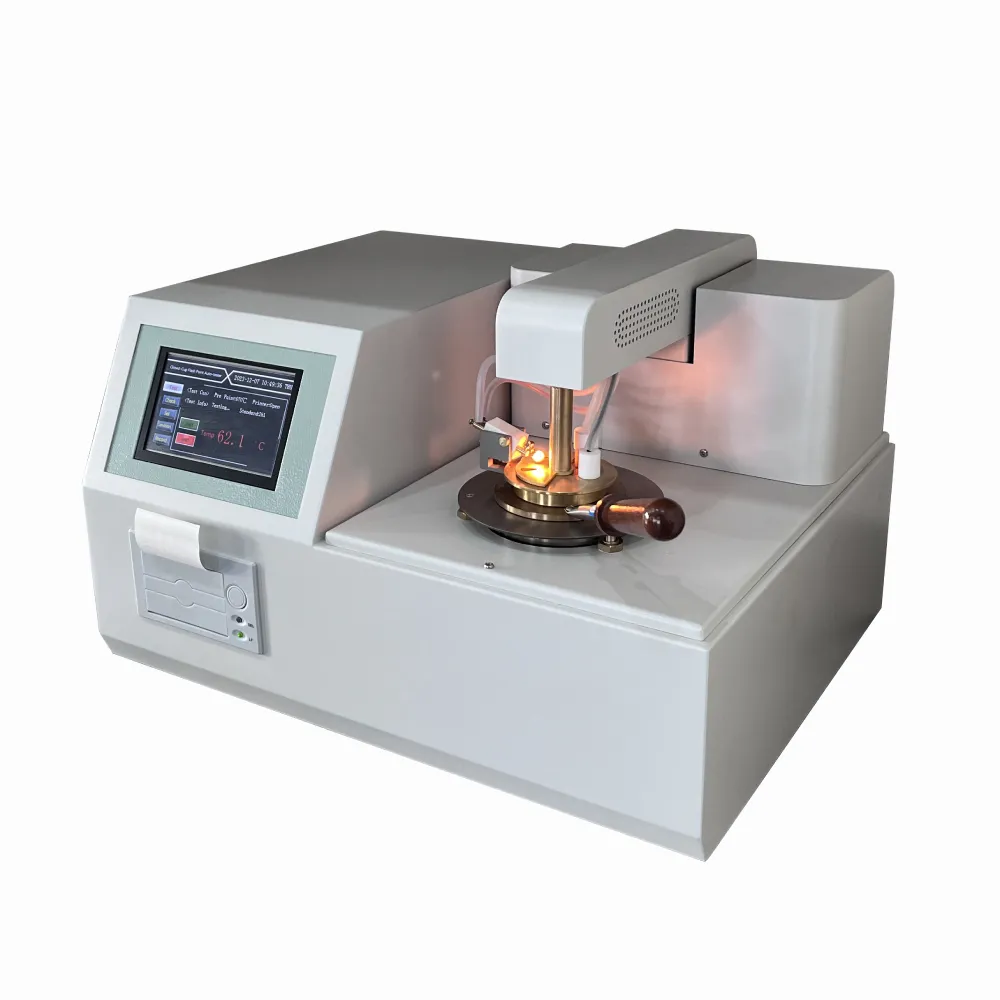 English
English



-
 Afrikaans
Afrikaans -
 Albanian
Albanian -
 Amharic
Amharic -
 Arabic
Arabic -
 Armenian
Armenian -
 Azerbaijani
Azerbaijani -
 Basque
Basque -
 Belarusian
Belarusian -
 Bengali
Bengali -
 Bosnian
Bosnian -
 Bulgarian
Bulgarian -
 Catalan
Catalan -
 Cebuano
Cebuano -
 China
China -
 China (Taiwan)
China (Taiwan) -
 Corsican
Corsican -
 Croatian
Croatian -
 Czech
Czech -
 Danish
Danish -
 Dutch
Dutch -
 English
English -
 Esperanto
Esperanto -
 Estonian
Estonian -
 Finnish
Finnish -
 French
French -
 Frisian
Frisian -
 Galician
Galician -
 Georgian
Georgian -
 German
German -
 Greek
Greek -
 Gujarati
Gujarati -
 Haitian Creole
Haitian Creole -
 hausa
hausa -
 hawaiian
hawaiian -
 Hebrew
Hebrew -
 Hindi
Hindi -
 Miao
Miao -
 Hungarian
Hungarian -
 Icelandic
Icelandic -
 igbo
igbo -
 Indonesian
Indonesian -
 irish
irish -
 Italian
Italian -
 Japanese
Japanese -
 Javanese
Javanese -
 Kannada
Kannada -
 kazakh
kazakh -
 Khmer
Khmer -
 Rwandese
Rwandese -
 Korean
Korean -
 Kurdish
Kurdish -
 Kyrgyz
Kyrgyz -
 Lao
Lao -
 Latin
Latin -
 Latvian
Latvian -
 Lithuanian
Lithuanian -
 Luxembourgish
Luxembourgish -
 Macedonian
Macedonian -
 Malgashi
Malgashi -
 Malay
Malay -
 Malayalam
Malayalam -
 Maltese
Maltese -
 Maori
Maori -
 Marathi
Marathi -
 Mongolian
Mongolian -
 Myanmar
Myanmar -
 Nepali
Nepali -
 Norwegian
Norwegian -
 Norwegian
Norwegian -
 Occitan
Occitan -
 Pashto
Pashto -
 Persian
Persian -
 Polish
Polish -
 Portuguese
Portuguese -
 Punjabi
Punjabi -
 Romanian
Romanian -
 Russian
Russian -
 Samoan
Samoan -
 Scottish Gaelic
Scottish Gaelic -
 Serbian
Serbian -
 Sesotho
Sesotho -
 Shona
Shona -
 Sindhi
Sindhi -
 Sinhala
Sinhala -
 Slovak
Slovak -
 Slovenian
Slovenian -
 Somali
Somali -
 Spanish
Spanish -
 Sundanese
Sundanese -
 Swahili
Swahili -
 Swedish
Swedish -
 Tagalog
Tagalog -
 Tajik
Tajik -
 Tamil
Tamil -
 Tatar
Tatar -
 Telugu
Telugu -
 Thai
Thai -
 Turkish
Turkish -
 Turkmen
Turkmen -
 Ukrainian
Ukrainian -
 Urdu
Urdu -
 Uighur
Uighur -
 Uzbek
Uzbek -
 Vietnamese
Vietnamese -
 Welsh
Welsh -
 Bantu
Bantu -
 Yiddish
Yiddish -
 Yoruba
Yoruba -
 Zulu
Zulu
fault loop impedance meter
Understanding Fault Loop Impedance Meters
Fault loop impedance meters play a critical role in electrical safety, particularly in ensuring the proper functioning of low-voltage electrical installations. This equipment is designed to measure the impedance of the fault loop, which is essential for assessing the effectiveness of an electrical system’s protective devices, such as circuit breakers and fuses.
At its core, the fault loop impedance refers to the total resistance that would be encountered by the fault current in the event of a short circuit. It is crucial to ensure that this impedance is low enough to allow sufficient current to flow through the protective device, enabling it to trip and disconnect the supply quickly, thereby minimizing the risk of electric shock or fire.
To measure fault loop impedance, technicians utilize dedicated fault loop impedance meters, commonly referred to as loop testers. These devices typically feature two main testing modes the live or in-service mode and the dead or “out-of-service” mode. The live mode allows for measurements to be taken on powered circuits, providing a real-time assessment of the impedance while the system is operational. Conversely, the dead mode is used on de-energized circuits, offering a stable environment to gauge impedance without the influence of live voltage.
fault loop impedance meter

When utilizing a fault loop impedance meter, technicians follow a straightforward procedure. They connect the meter’s leads to the appropriate terminals in the electrical installation, ensuring a secure and correct connection. Once initiated, the meter sends a small test current through the loop. The device then measures the voltage drop caused by the current passing through the resistance of the fault loop, calculating the impedance based on Ohm's Law (Z = V/I, where Z is impedance, V is voltage, and I is current).
Interpreting the results of the test is vital for safety compliance. The measured impedance should be within the permissible limits defined by relevant standards, such as the IET Wiring Regulations in the UK. If the impedance exceeds these limits, it indicates a potentially hazardous situation, necessitating further investigation and corrective actions.
In summary, fault loop impedance meters are indispensable tools for electrical professionals tasked with maintaining safe and compliant electrical installations. Regular testing of loop impedance not only ensures the effectiveness of protective devices but also enhances the overall safety of electrical systems, safeguarding both property and lives from electrical hazards.
-
Testing Equipment Industry Sees Major Advancements in 2025: Smart & Precision Technologies Lead the WayNewsJun.06,2025
-
Applications of Direct Current Generators in Renewable Energy SystemsNewsJun.05,2025
-
Hipot Tester Calibration and Accuracy GuidelinesNewsJun.05,2025
-
Digital Circuit Breaker Analyzer Features and BenefitsNewsJun.05,2025
-
Benefits of Real-Time Power Quality Monitoring Devices for Industrial EfficiencyNewsJun.05,2025
-
Earth Fault Loop Testing in High-Rise Building Electrical SystemsNewsJun.05,2025



